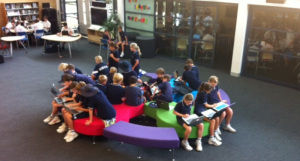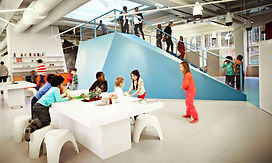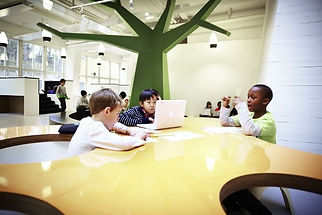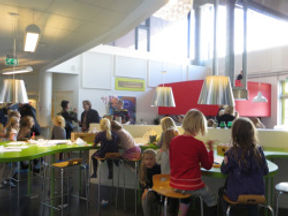The Flipped Classroom: Sweden’s Approach to Learning with Technology
The “Flipped Classroom”, an educational technique that consists of two parts: interactive group learning activities inside the classroom, and direct computer-based individual instruction outside the classroom is a somewhat new connect being used in Swedish primary and secondary classrooms.
It is always interesting to look outside of the norm and see how other parts of the world participate in education with children. Sweden has always been known for having unique methods of teaching curriculum to students. This teacher-to-teacher movement started without any push from the third party (or state initiative) but instead, was a result of keeping up with the changing times!
The way I see it is: did we carry on the same teaching practices from the pioneer times to now? Overtime there have been small changing to the school system that have dramatically effected how children perceive themselves in the classroom. The whole world is participating in the technology movement, so the school-system needs to move with it.
So what exactly is “The Flip” in a flipped classroom? One of the main aspects of this style classroom is the use of video and having children watch a video as homework before the lesson the next day. Videos are either created by the teacher, found from the internet or both. Children are required to watch these videos in order to understand the lesson in greater depth the next day. One benefit from doing this is that participation is seen to have shot up in the classroom (from all children)! Children were more active, engaged, contributed more and asked questions!
The teacher and student have a much better interaction in the classroom as well. The teacher is not simply some sort of omniscient person but instead can actually work together with the children towards common goals. The teacher gets to be a part of the work instead of someone who just stands there communicating knowledge.
The “Flipped Classroom” is seen as a movement, but I believe it is more of a phase that can work with certain children (but may not work with all children and classrooms…and that’s okay!) It is simply referred to as a “tool for learning” instead of a necessity and I believe in that statement whole-hearty. As ECE’s, parents and caregivers, we know that children go through phases and grow with different methods of learning. This flipped technique, although used for higher primary levels, for children usually 8 and up, could be used with the early years as well (with the help of parents and caregivers).
So what do you think about this Flipped Movement. Do you think it is too easy to be labelled homework? Should it be referred to as something else?
Julia




